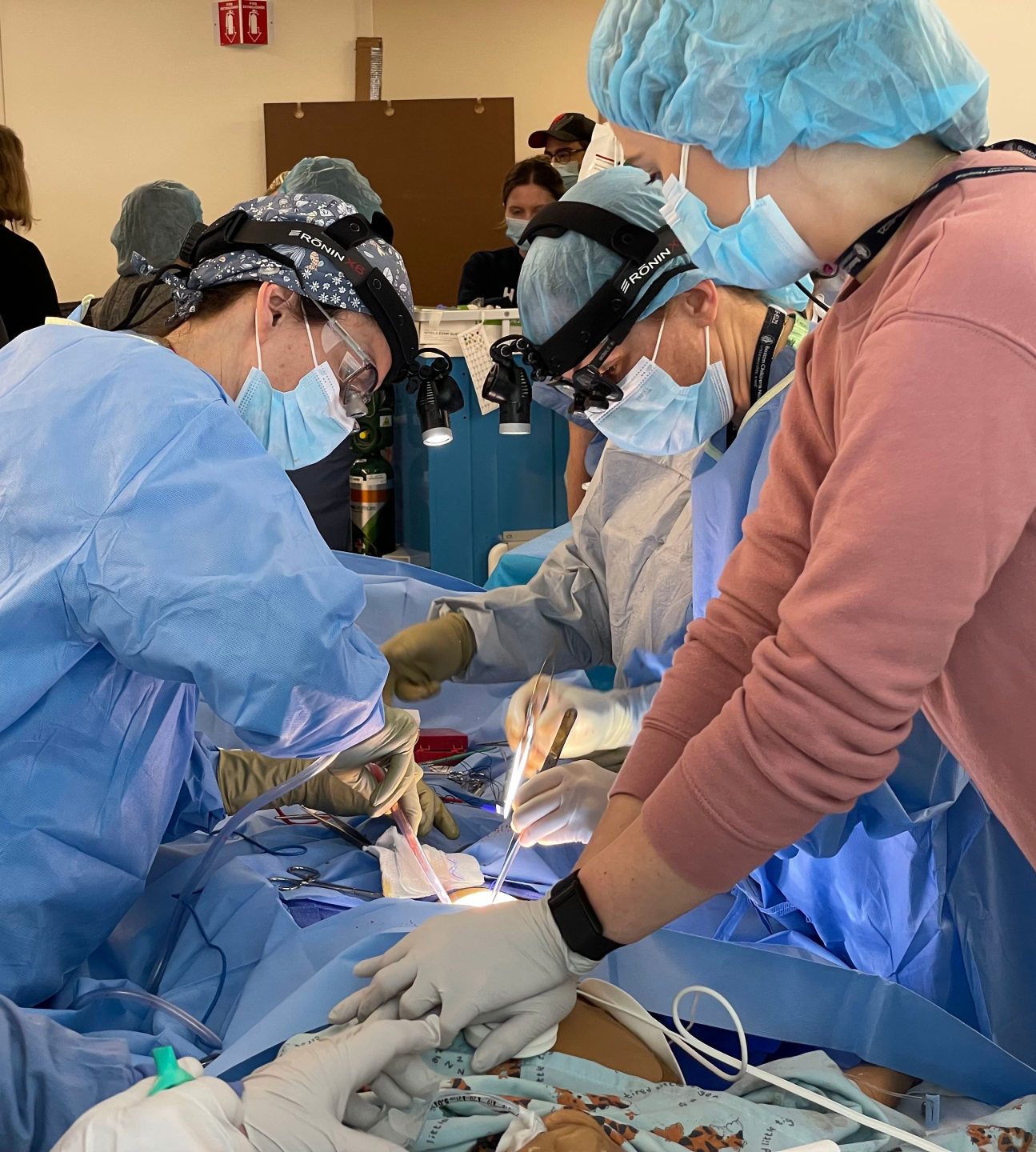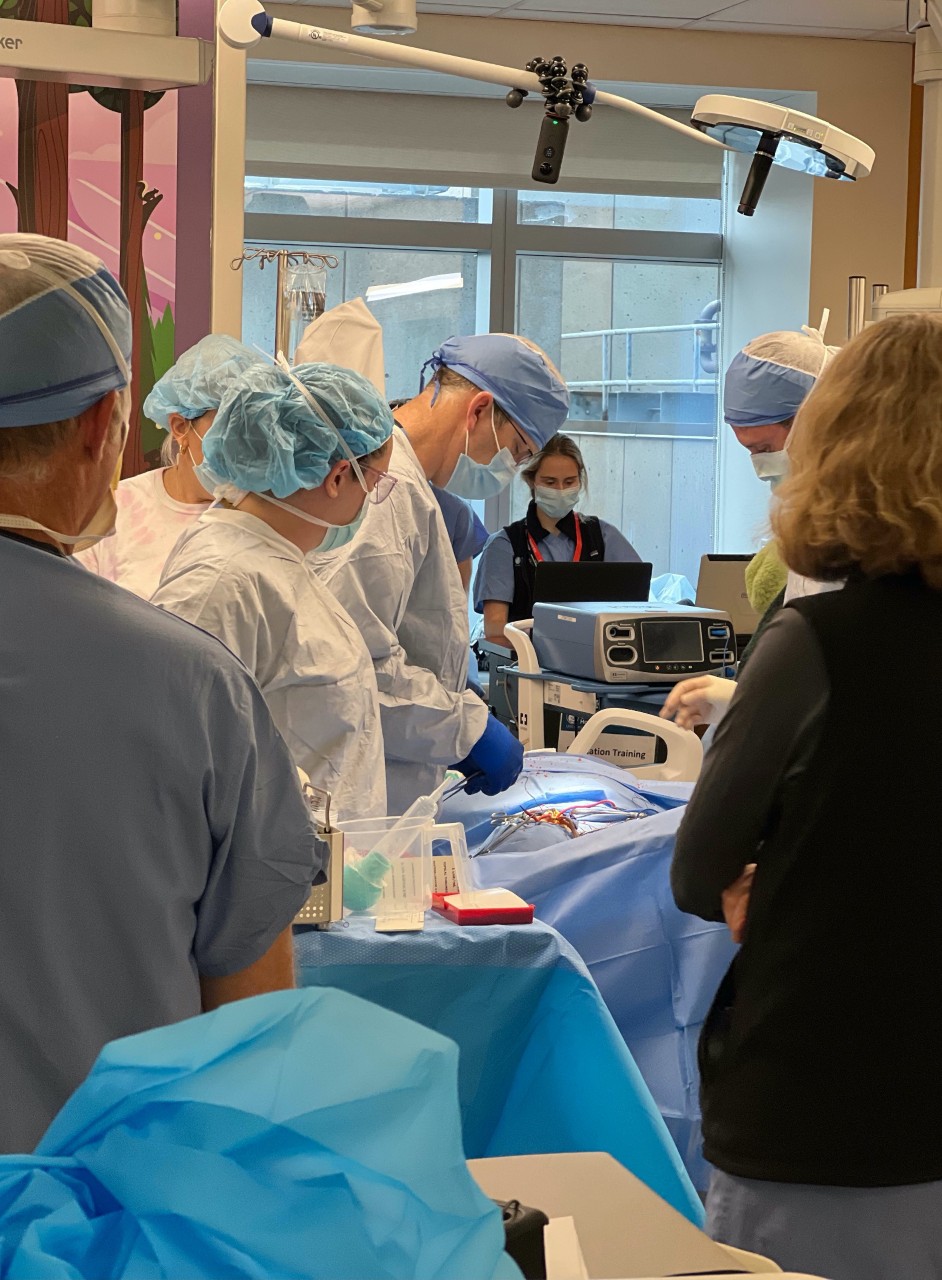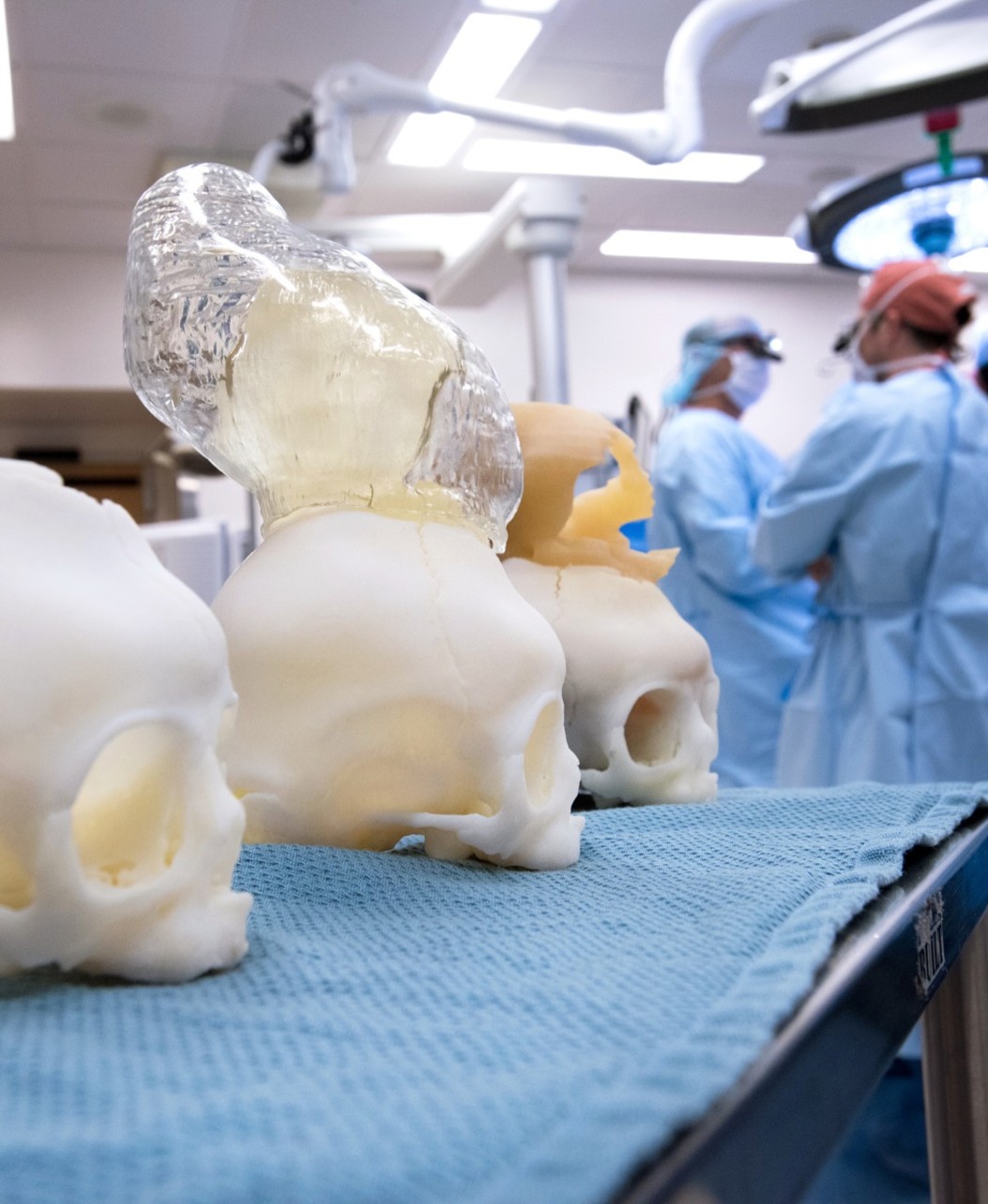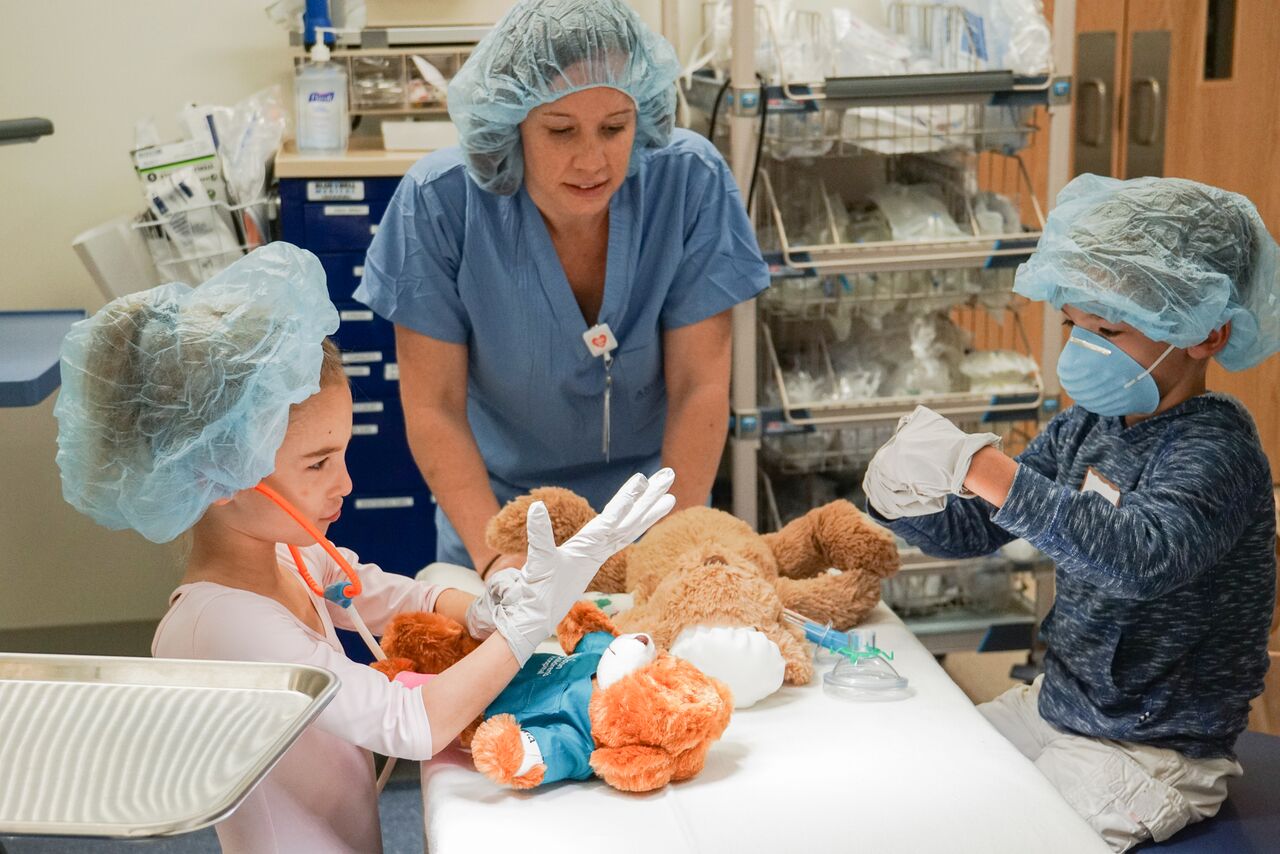Immersive Design Systems | Our Services | Overview
We’re passionate about improving the way clinicians deliver health care — and the way patients experience it. We offer a variety of services to both clinicians and families, from immersive training to device design, and everything in between.
Immersive experiences to optimize training and performance

- create realistic medical simulations for individuals and interdisciplinary teams
- debrief simulations in a psychologically safe environment to challenge assumptions and generate ideas to improve care
- provide rigorous assessment of training needs
- design customized instructional programs to meet individual, team, departmental, or even institutional training needs
- faculty training focused on the design, delivery, and debriefing of activities within a simulation
Clinical systems testing to uncover and mitigate hazards

- enhance the design and testing of new clinical infrastructure across all phases of construction
- test new systems before deployment so clinicians can confidently care for their patients in thoughtfully designed clinical environments
- help teams identify and mitigate latent safety threats to protect patients and providers
- design, prototype, and test safety interventions
- identify and test improvement strategies, and build pathways to implement positive change
One-of-a-kind clinical preparation tools

- develop device solutions to solve specific clinical problems
- create a wide assortment of tools for simulation-based task training, surgical skill development, and physician immersion
- expand and augment the physical world using virtual training and tools, including in-depth clinical scenarios and patient preparation activities
- transform imaging of the human body into digital and physical models that improve clinical insight, patient experience, and outcomes
- design patient-specific models for presurgical planning and rehearsal, improved imaging visualization, sizing and trialing, education, and research
Patient-centered immersive training

- connect patient families directly with their care teams in simulated settings to learn about an upcoming surgery
- prepare patients and families to return home with new medical complexities
- leverage technology, like virtual reality, to experience and prepare patients for new clinical spaces and experiences from the comfort of home
